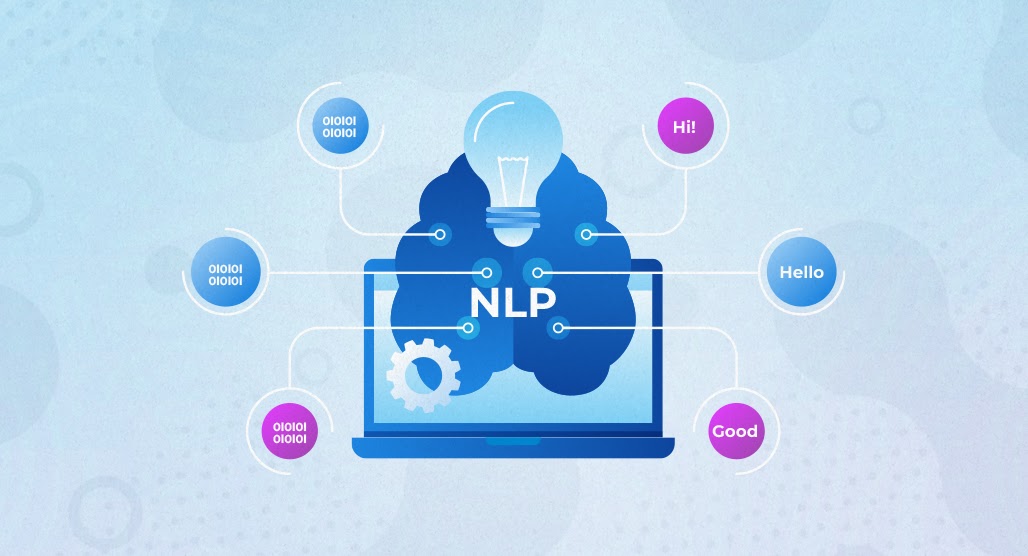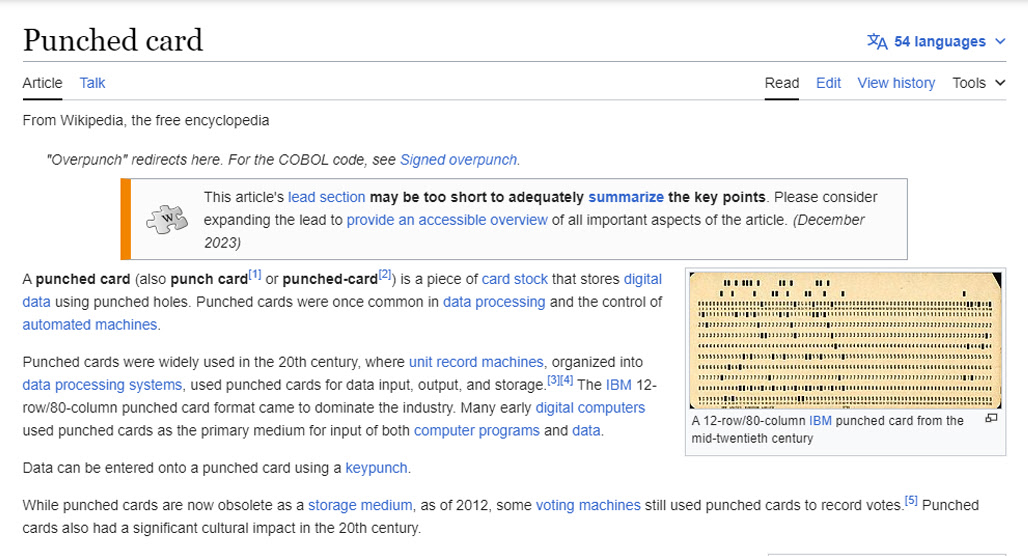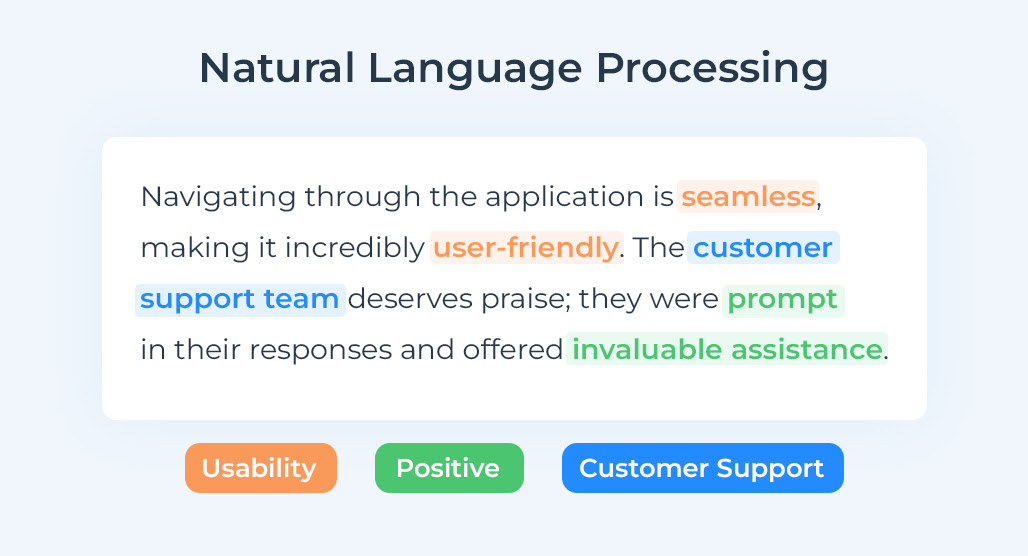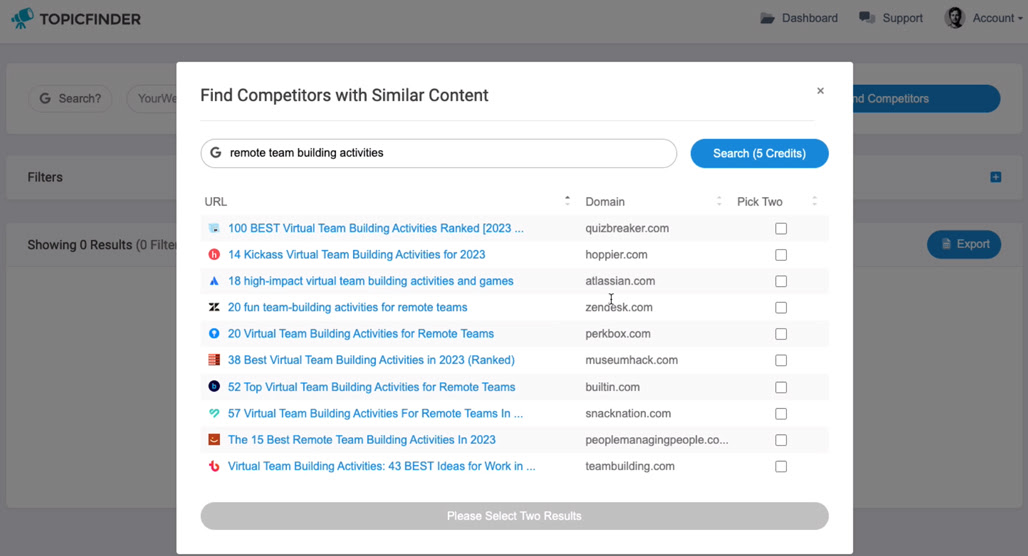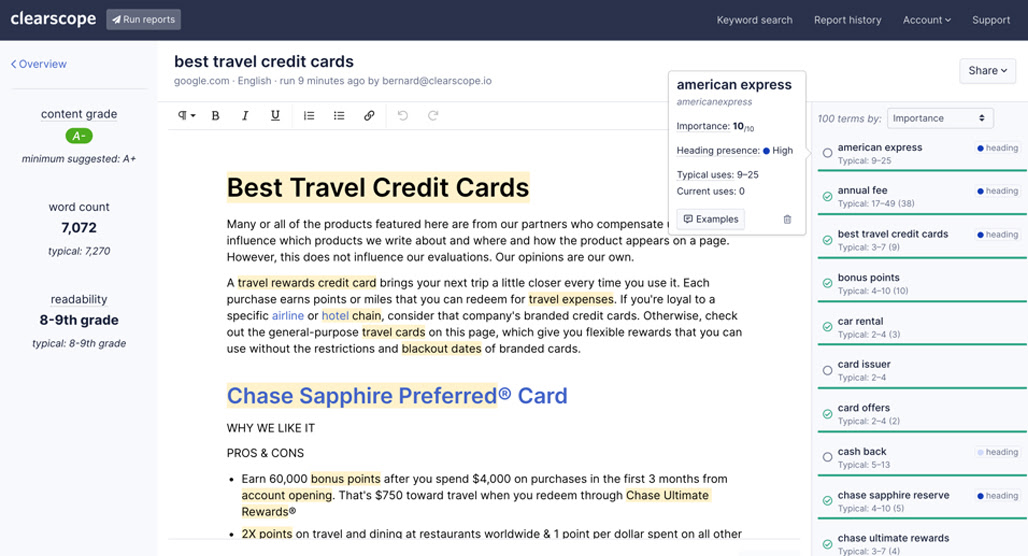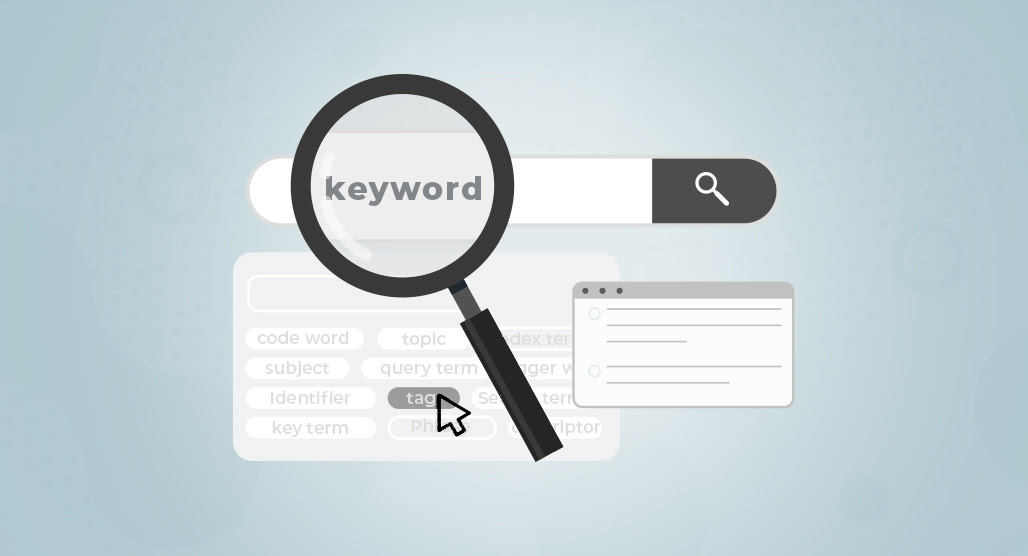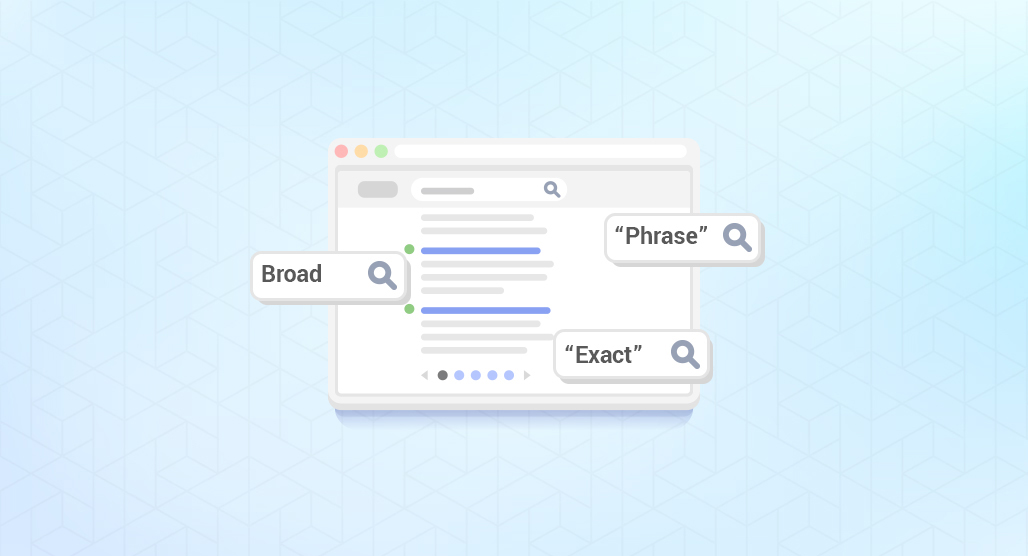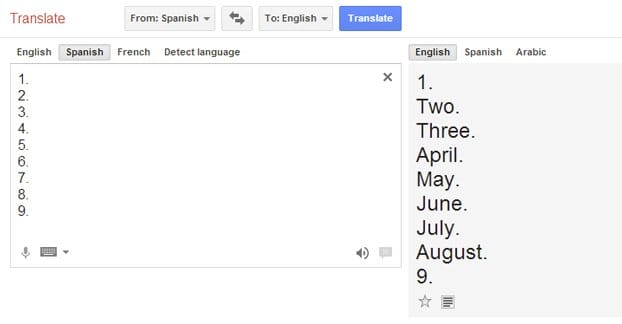What is NLP Analysis and How Do You Use It on Content?

Before ChatGPT existed, there was the technology upon which it was built. The core idea – understanding how language works and conveys meaning – is not a simple matter. There’s no substitute for teaching someone a language, after all; you just need to put in the time to learn it.
The breakthrough in technology that led first to Google’s Semantic Indexation and later to generative AI like GPT was NLP: Natural Language Processing. NLP is complex, but it’s possible to understand and even use it in your marketing efforts without the same sort of issues that just using generative AI presents. That’s because it’s not about doing the work for you. Instead, it’s about understanding how the words you put together are perceived by the computers that analyze them and how you can make them see what you want them to see.
Why Natural Language Processing is Important
First, let’s talk theory. Why is NLP important, and why have computer scientists been working on it for as long as computers have been around?
Imagine, for a moment, that you have a robot in front of you. How would you give this robot commands?
A few hundred years ago, a technology was invented to control a machine using a pattern of holes punched into a piece of paper tape. This was used as a way to guide the patterns on a loom back in 1725, and it’s a similar concept to the holes or spokes on a cylinder for a music box or the grooves on a record. Eventually, it was used for punch cards to control the earliest computers.
Fifty years ago, you would have left punched cards behind and instead programmed your directives into a piece of code, usually on some kind of disc like a floppy, which you would insert into the robot and have it follow the commands you programmed into it. If you wanted to change those commands, you had to rewrite the code and replace it on the media you use.
Twenty years ago, if you imagined your robot to be something like Google, you could cut back on the code and instead use keywords. Keywords, in this case, are normal, everyday words, but they’re pre-programmed with meaning. For a robot, you might have simple words like “go,” “stop,” and “turn,” with modifiers like “left” and “right” for turning. For something like Google, it was a lot more open-ended; a keyword could be just a random noun, and the implied directive was “show me pages that use this noun.”
The commonality across all of these different kinds of control is this: you can’t just give an order and have the robot understand you. You have to format your order in a way that the robot’s software can understand. With punch cards, that’s a binary of hole or no hole, action or no action.
This is in contrast to working with humans, who can interpret abstract orders, think critically about the information they have and have been given, and figure out what to do. That’s not something you can program into a robot.
Or is it?
That’s the breakthrough. Natural Language Processing, and its counterpart, Natural Language Understanding, is all about designing a system that understands words and the meaning behind them at a deeper level than just hard-coded directives attached to keywords.
Google got this to work and used it in search for things like their semantic indexing and their various anti-spam directives. In this case, the robot analogy falls apart, but the idea is still that they’re getting more out of the words on a page than just what those words say. They can, for example, detect when content may have been spun from existing content because while the specific words are different, the underlying meaning is identical.
Other consumer uses of language processing are things like voice assistants. Siri, Alexa, and the other voice assistants have a lot of simple directives programmed into them, but they are also capable of understanding slightly more abstract orders by understanding what the language you use means, not just what it says.
If it seems like I’m mixing up a bunch of different technologies and methodologies, I am. That’s because natural language processing isn’t the end state; it is just an underlying technology that fuels these other kinds of technologies, from voice assistants to machine learning to generative AI.
How Does NLP Work?
I don’t have the space or, for that matter, the deep personal understanding necessary to fully discuss the intricacies of how NLP works. What I can do is give you a broad overview.
Natural language processing is generally a series of different modules of technology that work together to produce meaning from an input.
These modules of technology include:
- A lexicon, which is sort of like a dictionary, except it also encompasses phrases and sentences beyond just words and even includes the structure, order, and usage of words.
- A grammatical component, which implements both actual grammatical rules and common rule-bending ways people might be giving the system instructions that don’t obey those rules.
- A semantic analysis module that helps parse what information is carried through with the input.
- A transformative module that, in the back end, takes your disorganized natural language input and reframes it in a way the machine can understand. After all, the machine is still a machine, and no matter how much fancy parsing you layer on top, it always boils down to 1s and 0s.
Even getting this much set up is an immense amount of work. After all, you’re trying to teach a machine a language, except you can’t rely on the machine to connect synapses and build understanding; you need to program in that understanding as well. Just imagine someone asked you to write down every set of two words you might use and what they mean! Of course, that’s a little misrepresentative of the reality of the situation; NLP models are generally much smaller and narrowly focused on an industry or subject, making them feasible to create in a human lifetime. That’s why generative AI was such a huge breakthrough, in fact; it’s much more general.
Google loves things like NLP because they have a near-infinite pile of constantly-changing data to dig through, analyze, index, and present to people searching for it. NLP is great at parsing and finding meaning in huge amounts of unstructured data, including finding content that can be relevant without actually using the specific words of a query. Ideally, it allows Google to serve better results to people without the need to use technical language or search operators to find what they want, making it more accessible to more people.
Strategies for NLP Usage in Content Marketing
Enough about theory; what about practice? How can you, as a content marketer, use NLP to help improve your content and your marketing efforts? There are quite a few different ways you can use it, typically second-hand through “AI-powered” or ML tools.
Extract topics from content. One of the core goals of NLP is understanding what any given piece of content is about based on the words used in it, their underlying relationships, and their meaning. Many modern topic ideas and competitive research platforms, including Topicfinder, use variations on NLP to identify and extract topic ideas and information from entire websites or even the entire search results for a given query.
Identify audience characteristics. You can tell a lot about a person based on what they say and, more importantly, how they say it. NLP can reveal key characteristics about your audience, including things like their level of understanding of your industry, their interests, and even, in some cases, estimates of things like education and income levels. They can be part of how you build audience profiles and personas and then target your content.
Market and competitive research. With NLP, you can perform a gap analysis between your site and the site of a competitor. NLP can break down both sites into their nebulous clouds of interrelated data and figure out what is unique and not shared by both; those present opportunities for topics and keywords you can cover.
Sentiment analysis. You can use this in a variety of different ways. Since NLP can extract information, that information is also tagged and can be identified as positive, negative, needing assistance, and other categories. You can run NLP on comments, contacts, social media messages, and more and address it by category later.
Proofreading and editing. Professional tools like Grammarly use, among other things, NLP tools to help identify issues with writing. The pure grammar and spelling checks don’t need NLP, but things like their passive voice identification, tone suggestions, and style edits are all fueled by NLP. This has some issues – Grammarly famously can suggest incorrect things or even be biased by widespread incorrect use of language – but it’s still very useful for giving your actual human writers a head start.
Similarly, you can use these tools to help with content personalization. Since NLPs can identify what kinds of people your users are likely to be, they can suggest ways to reach that audience more effectively by changing up your tone, style, or language. A common Grammarly suggestion, to use an example, is about expertise levels. They can flag a line with “this sentence may be hard to understand for an untrained reader,” which allows you to tailor your writing to more or less expert visitors.
Keyword optimization and usage. Keywords are a critical part of marketing, and modern optimization tools like Clearscope or MarketMuse use NLP to help find opportunities to add topics and related keywords to your text to make that text more attractive to both the robots in charge of what we see online and the people who read it and make decisions based on it.
How You Can Use NLP On Your Content
If you want to put any of these methods to use, how can you do it?
Mostly, your options come down to using tools that are fueled by NLP technology. The truth is, while NLP is growing easier and more commonplace, and clients for things like GPT using ChatGPT or Jasper or what have you are increasingly common, they’re still second-hand. It’s much, much harder to set up your own in-house NLP tools because it requires a lot of work, data entry and tagging, and processing power, not to mention other resources.
My recommendation is to use potent tools other people have developed to help you out using their implementations of NLP.
I’m a huge fan of Clearscope. Their NLP-powered tools help analyze your content and find ways to inject optimizations into it without trying to take over full generative control the way other “guided” AI platforms do. They will run through a whole piece of content and extract value, as well as find ways to find more value you can put into it.
Grammarly, as I’ve mentioned, has a lot of errors, and I have a love/hate relationship with it. When it’s useful, it’s very useful, but you really need to put your critical thinking to the test to review all of the suggestions it has; you can’t trust everything it recommends.
You can also get a “Google’s-eye view” of your content with their NLP review. It’s a very small sample of their API, which isn’t cheap to use, but the test is free, so you can get an idea of how they use NLP to analyze content. It’s pretty interesting, if not immediately useful, all the time.
Other tools, like MarketMuse and Contently, can be useful as well.
I also want to recommend Topicfinder again. I built Topicfinder using data from many different sources, including NLP-fueled sources, which can help you identify gaps in your content coverage and give you a ton of excellent ideas for where to bring your content marketing next.
It won’t do it all for you, but it can give you an excellent head start. I should know; I use it extensively myself, after all!
Leave a Comment
Fine-tuned for competitive creators
Topicfinder is designed by a content marketing agency that writes hundreds of longform articles every month and competes at the highest level. It’s tailor-built for competitive content teams, marketers, and businesses.
Get Started